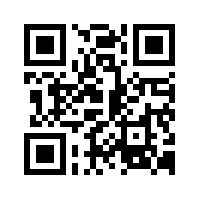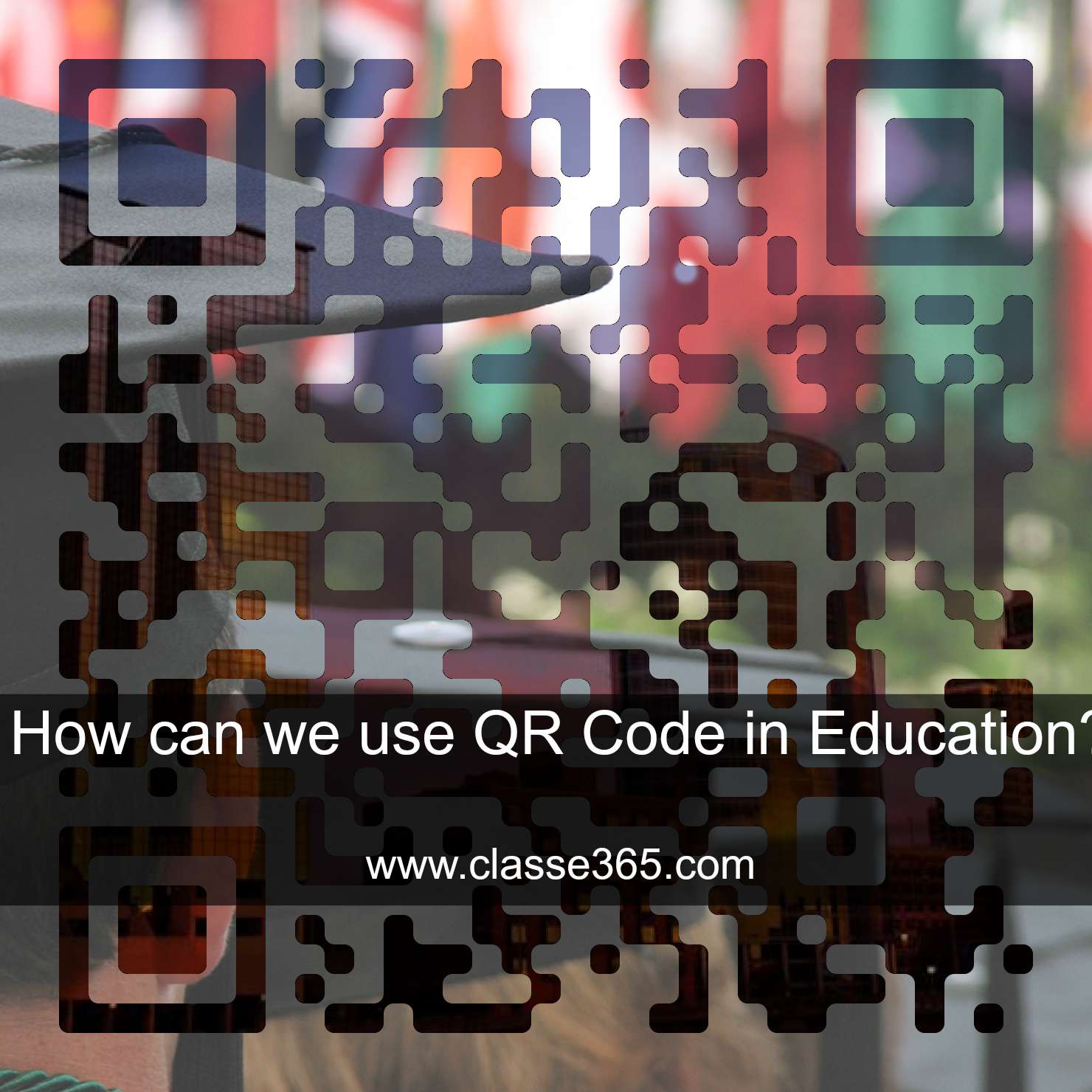For every product sold in a retail store, you would have seen a bar code, composed of a 1 Dimensional array of Thick and thin lines. This bar code contains some information about the product, like product ID, Name and Price. But, not too much information can be stored in it. Quick Response Codes (QR Codes) are 2 Dimensional matrices of black and white squares which can store information along its Length & Breadth. More data means more applications. QR codes can hold: Website URLs, YouTube Video Links, Twitter/ Facebook profile names, Phone numbers, or even some plain text message. Pretty neat, right?
QR codes are two-dimensional matrices of black and white squares that can store significantly more information than traditional barcodes. While barcodes can only encode basic product details, QR codes can hold URLs, video links, social media profiles, phone numbers, and text messages, making them versatile tools in various fields, including education.
So, How to you read these QR Codes? Its simple. All you need is a QR code scanner/reader app. Just start the app, hold your phone camera over the QR code to be scanned, and you’re done! The app will automatically direct you to whatever is stored in the QR code. The best part is that it’s FREE and the app works well on android phones, iPhones, tablets and laptops (with good cameras, of course).
CREATE YOUR OWN QR CODE
Creating a QR code is easier than you may think—just use a QR code generator! Some of the simplest code generators are QRstuff.com and Canva’s free QR Code Generator.
These tools allow you to generate codes for various data at no cost. Just specify the content you want to encode, and you can choose to download, email, or print the PNG image.
Once you create your QR code, quickly scan the image to see what happens! It’s a simple way to share information, especially useful for educational purposes with a study QR code generator.
Try scanning the QR Code image, and see what happens!
Try scanning the QR Code image, and see what happens!

QR CODE IN EDUCATION
1. Save time for logging in by storing website URLs in QR Code
In today’s classrooms, teachers increasingly rely on online tools to enhance learning. For instance, if a math teacher wants to use an online software application, having students manually type in the URL can take 10-15 minutes—wasting valuable instructional time.
The solution? A QR code! Simply generate a QR code containing the link to the online math application using a study QR code generator, print it out, and display it in class. Now, students just need to scan the QR code with the computer’s camera to be instantly directed to the application. This approach can be applied across subjects, allowing teachers to create QR codes for commonly used applications, saving time and improving classroom efficiency.
2. Create book reviews in the form of student video responses
Another inspiring example of QR codes in education comes from NVLA’s elementary school students participating in their literacy program. These students learned how librarians manage the extensive collection of books using traditional 1-D barcodes, which sparked their creativity to explore the potential of 2D QR codes.
As avid readers, elementary students often want to share their thoughts on the books they read—a crucial aspect of their literacy development. Recognizing this, NVLA’s students devised a unique way to record their insights for future readers. They divided their reading process into several stages: while reading, they took notes and developed engaging video scripts based on their understanding. They then narrated their opinions, recommendations, and the key moments that made the book enjoyable, all without revealing the ending.
After creating their videos, they embedded them in QR codes, printed the codes, and attached them to the respective books. Now, if another student is interested in reading that book, they can simply scan the QR code to watch the video responses from previous readers. This innovative use of QR codes in education not only fosters a sense of community among readers but also enhances the reading experience by sharing valuable insights and encouraging discussions.
DRAWBACKS OF QR CODES
The disadvantages of QR codes are not exclusive to their use in education; they apply broadly across various contexts.
- Scanning Issues: Customer reviews of QR code scanner apps reveal a wide range of satisfaction levels. Some users rave about their performance, while others rate them poorly. This discrepancy often stems from the quality of the mobile device’s rear camera. Since QR codes consist of small squares, a high-quality camera is essential for accurate scanning.
- Scanning Limitations: One key limitation of QR codes is that they cannot be scanned using the same device on which they are displayed. For example, if you’re reading this post on a smartphone, you can’t scan a QR code appearing on that same screen. This isn’t a flaw in the QR code itself; rather, it’s simply how scanning works.
- Mobile Compatibility Required: QR codes are often used in retail settings, where they direct customers to product information online. However, for this to be effective, the linked website must be mobile-friendly. If the website isn’t optimized for mobile devices, users will encounter a frustrating experience. While it’s feasible to develop mobile versions for each QR code-linked product, doing so can be challenging.
In summary, QR codes are versatile 2D barcodes capable of holding various types of data, including links, multimedia, and plain text. With a QR code scanner app, users can unlock a wealth of information. In education, QR codes can streamline access to URLs for online applications, saving time during login processes. Additionally, educators can create QR codes to store students’ video book reviews, allowing them to share insights with fellow readers.
If you’re an educator searching for a robust student information system or a learning management system, consider trying Classe365. Remember, it’s the combination of software, hardware, and dedicated teachers that transforms learning into knowledge for students, particularly through innovative uses of QR codes in education!
